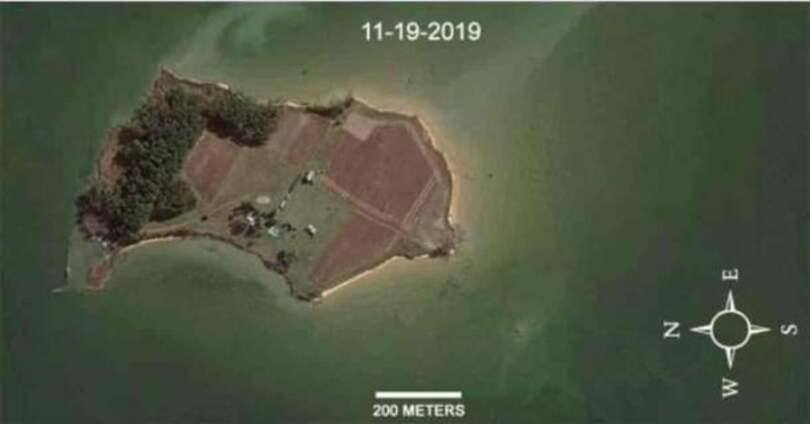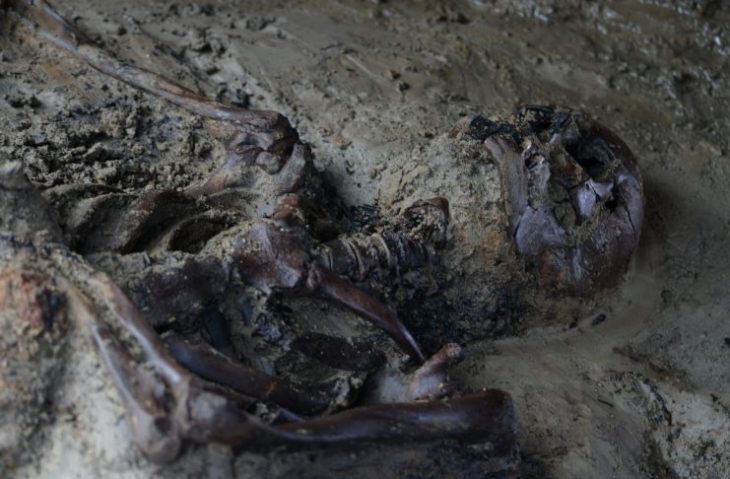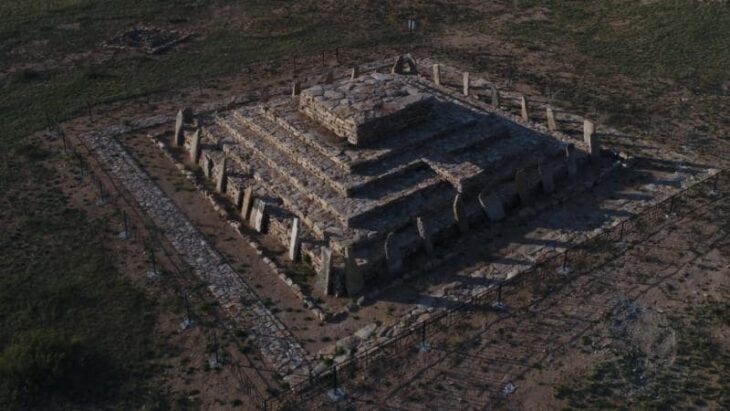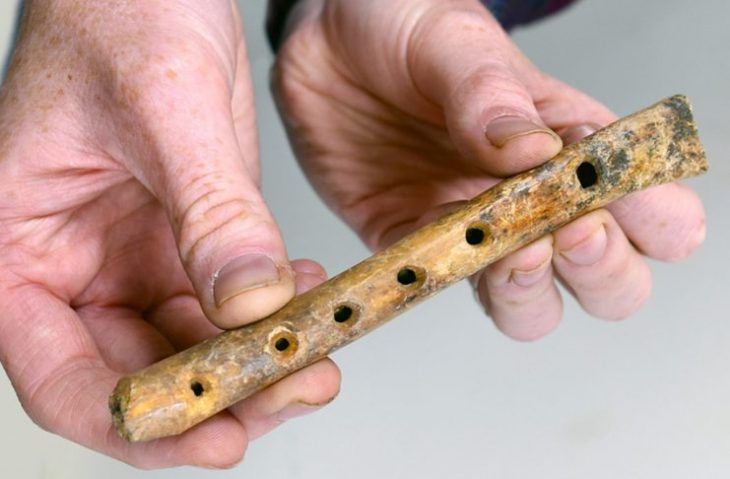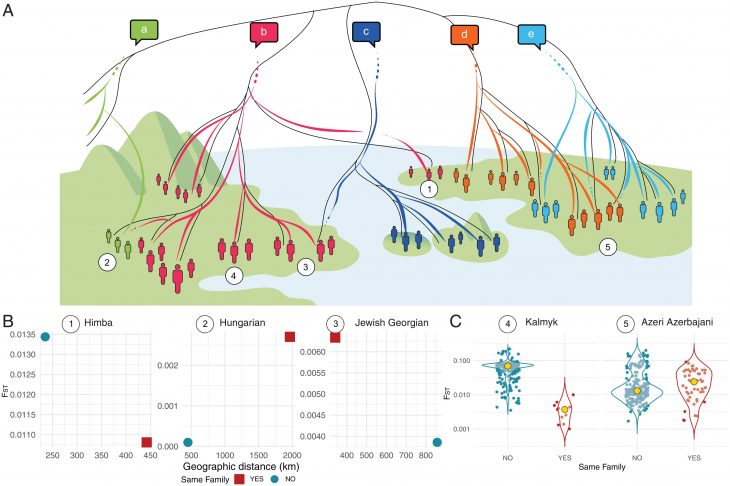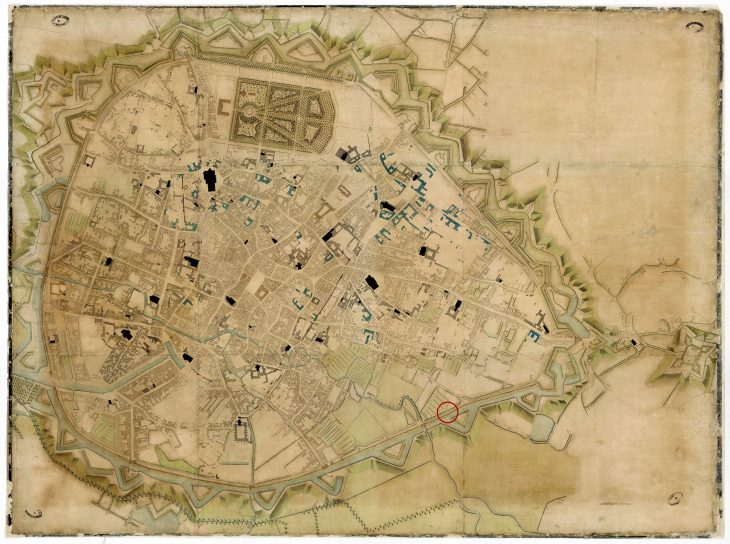When and how humans first settled in the Americas is a subject of considerable controversy. A Smithsonian Institution geologist now thinks he has discovered fresh evidence in Maryland that might change the course of the country’s history.
The story of the first Americans has enthralled scientists and the general public alike, frequently leading to contentious debates. Geologist Darrin Lowery, who was previously affiliated with the Smithsonian Institution and has made 93 trips to Parsons Island with his team, has now joined them, according to The Washington Post.
Darrin Lowery discovered 286 artifacts in the Chesapeake Bay, with the oldest embedded in charcoal that dated back more than 22,000 – at least 7,000 years earlier than what scientists believe was when people initially populated America.
Archaeological finds in New Mexico’s White Sands National Park, according to multiple researchers, date human activity to between 21,000 and 23,000 years ago. Lowery now believes that humans existed in Maryland around the same time.
Lowery and his team have been excavating Parsons Island for over a decade, finding ancient stone tools in layers of sediment that were dated by studying preserved pollen and microfossils.
📣 Our WhatsApp channel is now LIVE! Stay up-to-date with the latest news and updates, just click here to follow us on WhatsApp and never miss a thing!!
Following a non-peer-reviewed publication of his findings—Lowery told the Washington Post that “life’s too short” to debate with other experts over the peer-review process—he claims that the oldest of 286 artifacts found on Parsons Island significantly pushes back the date of human arrival in the area.
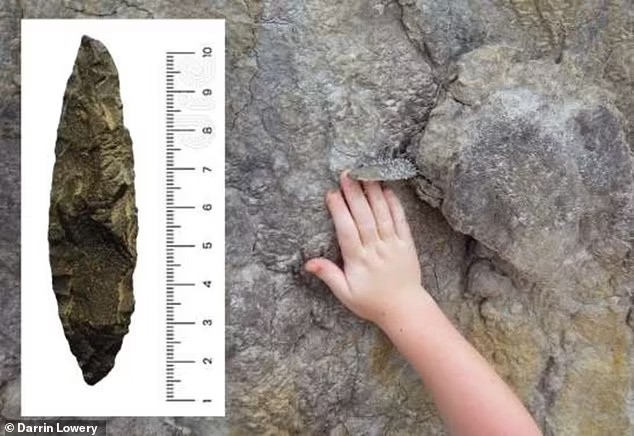
Parsons Island itself presents numerous research challenges, owing to its rapid erosion caused by land subsidence and rising sea levels. The area where the artifacts were discovered is now submerged beneath the turbulent waters of the bay, emphasizing the importance of investigating and documenting these sites before they vanish completely.
The leading theory of ‘The Great Migration’ is that humans used the Bering land bridge connecting Siberia and Asia to North America about 15,000 years ago, and moved south as ice melted and exposed routes of exploration. During the southward migration, scientists believe people left behind various fluted stone projectile points (known as a Clovis point, as the people group considered the first to come to the Americas were named for a town in Clovis, New Mexico).
The idea stems from genetic studies of Native American ancestors, but the latest evidence was based on manmade tools that Lowery believes makes Maryland a Clovis Point.
According to Lowery’s account in the Washington Post, when he was nine years old, he discovered what he thought was a Clovis point—something he had seen on a Smithsonian television program—around his home near Parsons Island, Maryland. His curiosity about the area was sparked by that, and he has been preoccupied with the 78-acre, privately owned island ever since.

With permission from the owners, Lowery and other geologists studied the island, making 93 trips to the location to excavate and examine sediment in order to help date the geological layers. The team thinks they may have discovered a pond that helped draw animals and humans to the site, leaving behind the stone tools that are currently under investigation. What is now coastline wasn’t always that way.
Lowery and his team discovered the first evidence of ancient humans back in 2013 when they uncovered a leaf-shaped prehistoric stone tool protruding out of a cliff. The tool was spotted in a dark layer as low as Lowery’s knees, which turned out to be more than 20,000-year-old sediment.
According to a manuscript published by Lowery, sediment samples were subsequently sent to labs for analysis, enabling researchers to produce a geological timeline. Lowery said the tools were found in dates to the ‘last glacial maximum’ – the most recent coldest period of the Ice Age.
But more questions have been raised by the claims, including how the early settlers got to Maryland, whether or not they were Native Americans’ ancestors, and how many migration waves there have been in American history.
According to Binghamton University archaeologist Sebastien Lacombe, the Washington Post, the island’s fast erosion is probably pushing artifacts deeper into the bay, which means we’ve probably already missed a lot of our chance to search the area for more discoveries.
Cover Photo: Aerial view of Parsons Island encompassing about 71 acres; a loss of ~28 acres over a 27-year period. Darrin Lowrey/ Research Gate

